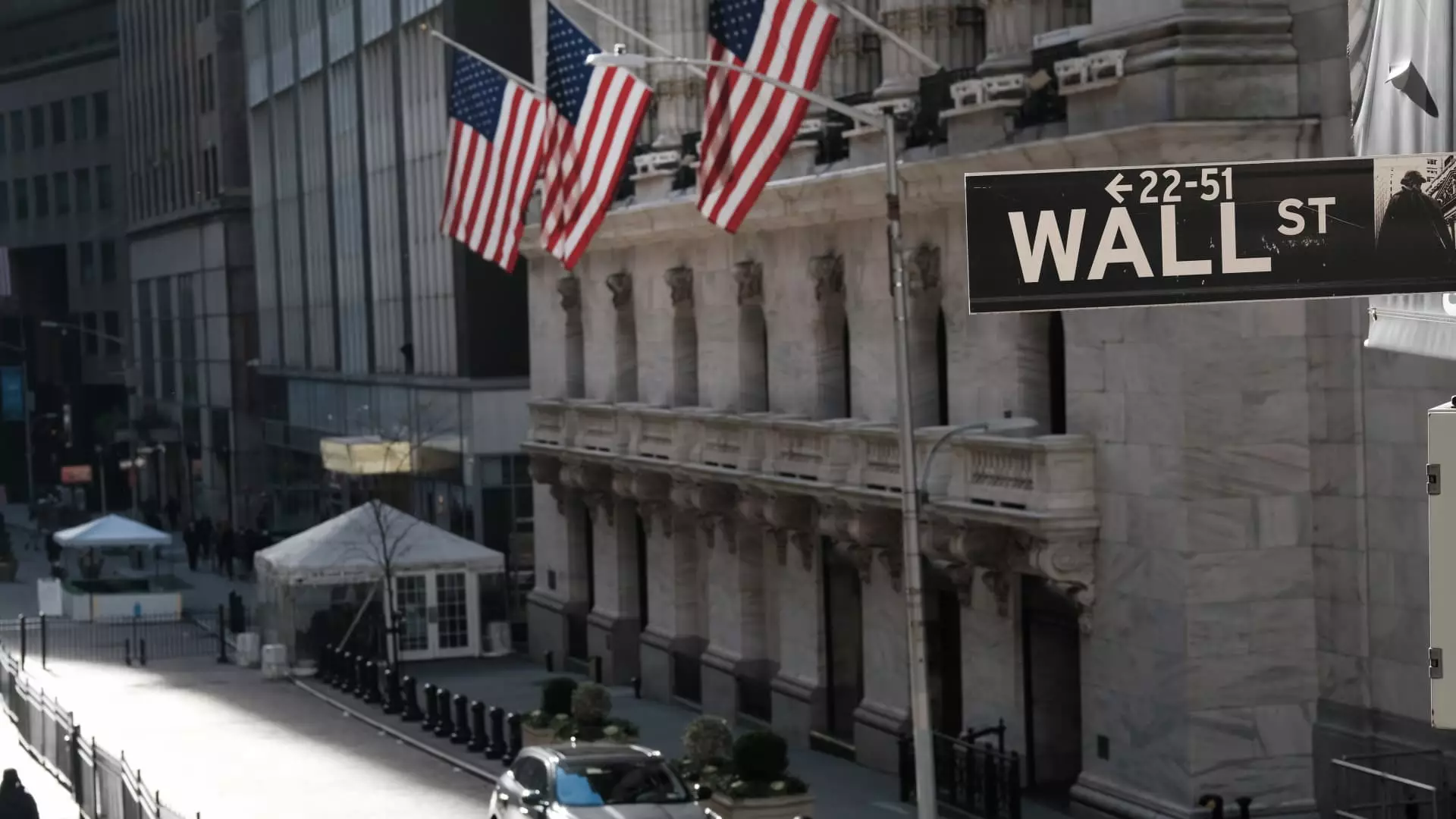In a shocking move, the Federal Reserve has proposed significant changes to a crucial capital regulation, the enhanced supplementary leverage ratio (eSLR). This decision, ostensibly aimed at bolstering banks’ operational flexibility, signals a disturbing trend toward complacency in an era still marred by the scars of the financial crisis. What is portrayed as a benign adjustment risks unraveling the safeguards put in place to ensure that the nation’s largest banks can weather financial storms and maintain systemic stability. The very notion that reducing capital requirements will engender resilience in the financial system is fraught with inconsistency and hubris.
Challenging the Status Quo: The Call for a Risky Retreat
Proponents of the proposed eSLR changes argue that current capital requirements artificially constrain banks’ capabilities to engage in various market activities, particularly in the Treasury market. They assert that by lessening the capital banks must retain, the Fed is facilitating a more vibrant financial ecosystem. Yet such arguments ignore fundamental principles of risk management and prudent policy-making. In an attempt to shake off the so-called “bindingness” of capital requirements, the Fed is engaging in a dangerous gamble, enforcing a narrative that values immediate market liquidity over long-term stability. Serving the interests of Wall Street executives should not come at the expense of rigorous oversight—a lesson we should have learned well during the 2008 financial crisis.
The Illusion of Safety: A False Dichotomy
Fed Chair Jerome Powell highlights the increase of low-risk assets on bank balance sheets as a reason to relax regulations. However, treating Treasurys—historically deemed safe—as equivalent to riskier assets is like equating apples with oranges. The rationale is dangerously simplistic and fails to acknowledge the complexities that govern financial markets. The call to reconsider previous approaches based on the current composition of bank assets rests on shaky grounds. The capital rules were not haphazardly proposed; they were the product of extensive deliberation during a time when the vulnerabilities of the banking system were starkly illuminated.
The argument suggests a binary choice between stringent capital controls and the potential for increased bank profitability—a classic fallacy. Effective regulation does not inhibit growth; it fosters responsible growth that avoids the reckless speculation evident in the pre-crisis era. While higher returns to shareholders seem alluring, prioritizing short-term gains over long-term health is a perilous pathway which may embolden banks to indulge in riskier behaviors under the guise of operations efficacy.
Resistance from Within: The Voices of Dissent
Given such significant implications, it is no surprise that dissent has echoed within the Federal Reserve’s ranks. Individuals like Governors Adriana Kugler and Michael Barr have raised valid concerns about the proposed eSLR modifications, emphasizing that they could incentivize banks to divert capital towards shareholder payouts rather than enhancing Treasury market stability. This internal conflict should resonate as a warning signal about the proposed changes. While some Fed officials argue for a more relaxed framework, others recognize the egregious potential for mismanagement and the erosion of systemic safeguards.
The balance of power has shifted toward short-term profit aspirations that neglect the bigger picture of global financial stability. By publicly opening proposals for comment without fully grappling with their implications, the Fed invites a dialogue that should lead to questions of accountability rather than further deregulation.
Historical Lessons Ignored: A Repeat of Past Mistakes
It is essential to remember history before we lend credence to these proposals. The very frameworks that stabilized our financial systems post-crisis could easily be dismantled, all in the name of adaptive flexibility and unproven theories of regulation. As everyone reflects on their positions, policymakers must choose wisely, lest they allow the echoes of the past to cloud their judgment. The financial system is an intricate web: to tinker carelessly with the threads of capital requirement is to flirt with disaster.
As we move forward, it is clear that navigating these turbulent waters requires an unwavering commitment to safety and soundness. Abandoning the hard-won lessons of the past for the sake of market efficiency is a disservice to all. The mere suggestion of loosening capital requirements in today’s volatile climate undermines the essence of responsible banking—an act that society cannot afford to ignore.

